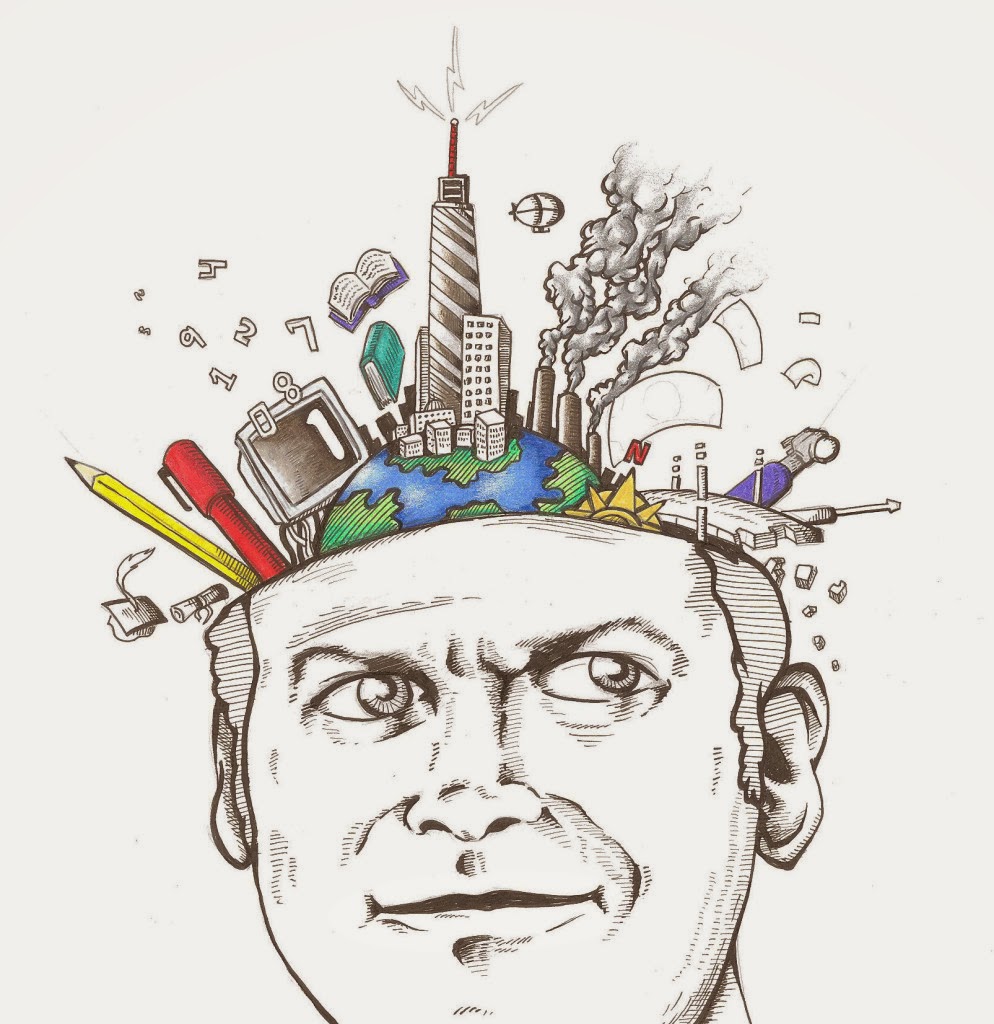The heuristic of accessibility is an intuitive process or mental label by which a person evaluates the frequency or possibility of an event by ease, based on examples that are easier to remember and come to mind first. This process is considered subjective, as the individual assesses and predicts the significance of events to simple judgments or opinions that are based on his own memories. For example, a person evaluates the possibility of diabetes in middle-aged people, based on the memories of his friends and their stories. What is accessibility heuristic?
Let's take a closer look
For example, a person is trying to make a decision, with this decision he associates a series of related events or phenomena that instantly come to mind and help to firmly gain a foothold in the head of a person to some opinion. The heuristic of accessibility is especially often used in managerial decision making. Simply put, a person will decide that some situations occur more often than others, only because he came across them in most of his memories. It turns out that people themselves make the information believable, even if it is not, and begin to overestimate the likelihood of a future event. The concept of heuristics of accessibility appeared in 1973. Psychologists Amos Tversky and Daniel Kahneman came to the conclusion that this process occurs unconsciously. Those memories that come to mind in the first place are nothing but the most common reflection of reality.
Ease of memory
The heuristic of accessibility depends on the ease of remembrance. The latter can be defined as a useful hint when we begin to evaluate the frequency or probability of whether an event will occur or not. From this we can conclude that in the first place, a person recalls what happened most often. It is impossible not to mention that such a dependence of the assessment on the most frequently occurring events or situations leads to complete bias, as a result of which systematic errors appear.
Bias
Tversky and Kahneman identified several bias factors for accessibility heuristics:
- Bias, which is based on finding examples. Depends on close acquaintance with the information, significance and its direct impact, as well as the limitation of the event.
- Bias based on search efficiency.
- Bias based on the ability to imagine and think out facts.
- Bias based on an illusory correlation.
Examples of the heuristic of accessibility in everyday life are found all the time.
Mass culture
Examples of accessibility heuristics can be found in both advertising and media. For example, many world-famous companies or even local large organizations spend fabulous amounts on advertising campaigns. An example is the well-known brand of Apple. The company spends a lot of money on advertising just because of the heuristic of accessibility. When a person decides to buy a new gadget, he will first begin to remember what he heard and saw most often. What comes to mind in the first place? This is an iPhone. The same applies to absolutely any brand. Media has a big impact. For example, a sufficient number of people are firmly convinced that the likelihood of death from shark attacks is higher than death after a plane crash. The numbers tell us that 1 out of 300,000 people die from sharks, and 1 out of 10,000,000 in plane crashes. It seems that the difference is significant, but for the second reason, more people die. Or, for example, a person sees a news message that several cars were stolen in his city, and he mistakenly begins to believe that in his city cars are stolen twice as often as in the neighboring one. This type of thinking is considered very important in the decision-making process. Sometimes we find ourselves in a situation where the choice needs to be made juicy, and we do not have time or resources for an in-depth analysis of the issue. Here the accessibility heuristic comes to the rescue, which makes it possible to formulate a conclusion and make a decision as soon as possible. This concept has a dangerous side. For example, a person sees in the media reports of a plane crash or kidnapping. Here we begin to think that such events occur all the time, although this is not at all the case.

The simplest examples
For example, a person will see a report on TV that a staff reduction has occurred at some enterprise, and will immediately begin to think about the possibility of losing his job. We begin to wind up ourselves, to worry, although, in fact, there is no reason for this. Or you read on the Internet that a shark attacked a person, and decide for yourself that this happens quite often. On vacation, this thought will not give you rest, and you decide not to swim in the ocean, because the probability of being eaten by a shark is extremely high. Or the most common case: you learned that your distant acquaintance won the car in the lottery, you decide, since such a miracle happened to a person you know, then the probability of breaking the jackpot is high, and immediately go spend money on lottery tickets.
What is the conclusion?
Constantly pondering the probable outcome of events increases its accessibility, a person begins to perceive his thoughts as a very likely variant of the development of events. The heuristic of accessibility triggers a mechanism due to which the probability of an event, whether it is positive or negative, seems to be higher than it actually is. People rely on what comes to mind only when these thoughts are not questioned because of the difficulties a person faces in the process of remembering.